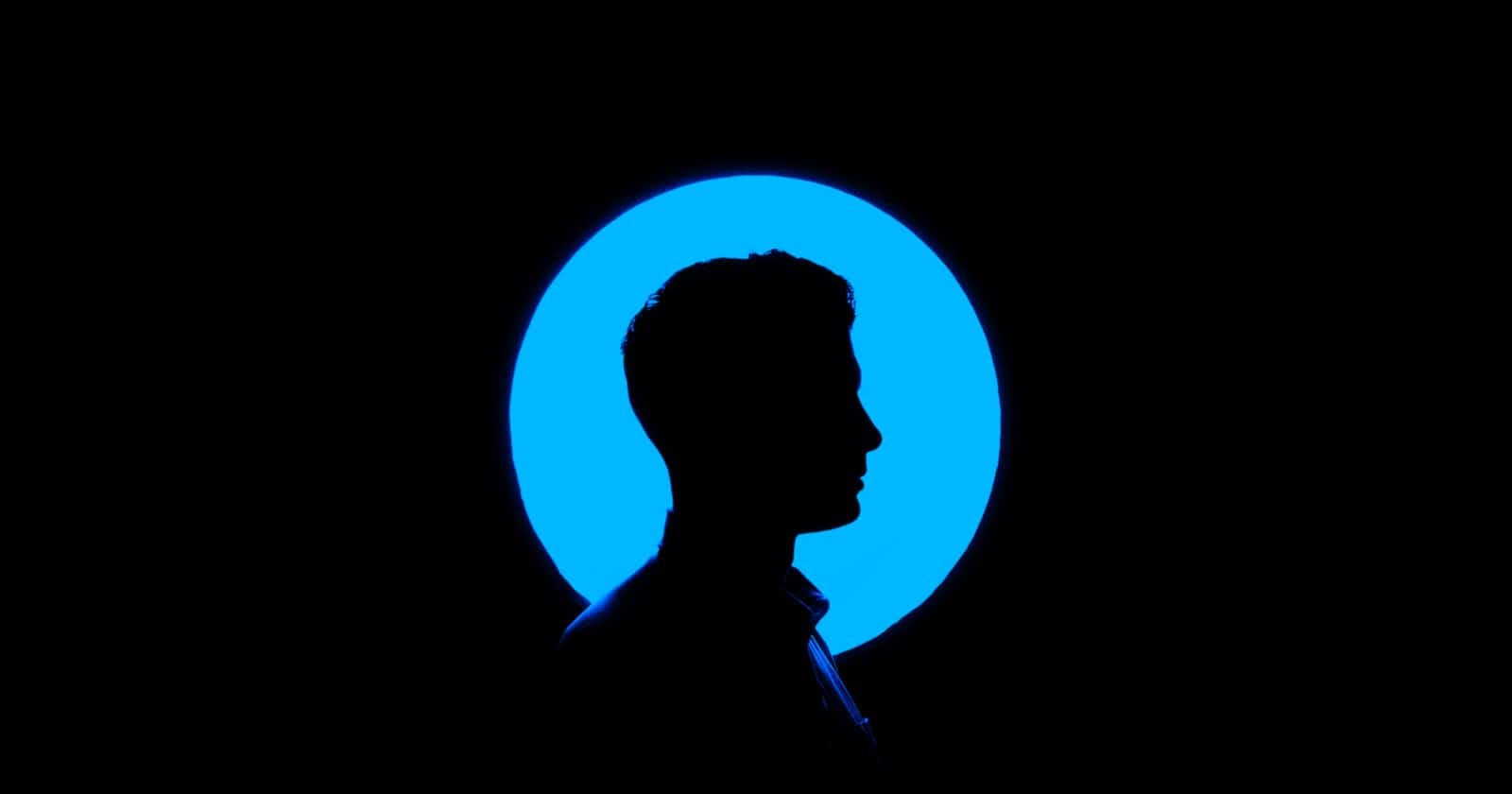Design Thinking: A Signature Of User Centered Design
So here we are again, about to visit a new topic. You should keep reading this article if you identify as any of the following:
Some with an interest in design
Someone who read my previous article
Someone who likes to read and learn
An alien. Yes, I caught you.
Whoever you are, mentioned above or not, welcome to an article that is dedicated to a major lifesaver in the design process -Design Thinking. In this article, we'll embark on a delightful journey through the basics of design thinking, its quirky principles, and how it can be your secret sauce for user-centered design.
What's The Deal With Design Thinking?

Everyone has something to say about Design thinking and the role it plays in an overall design process. Guess what, I do too.
Summarised professionally, design thinking is a five-step creative and iterative approach to understanding users and their needs, thereby placing user-centred design as a top priority. Imagine trying to use a hammer to fix a screw nail. The ideal and perfect tool for that particular need is a screwdriver, so our users are the screw naila dn design thinking is the obvious screwdriver.
At its core, design thinking is about understanding users, dreaming up imaginative solutions, and tinkering until you've got a masterpiece.
The Five Stages Of Design Thinking, (but in really relatable examples)
Empathize: Picture yourself as a detective, but instead of solving crimes, you're solving user mysteries! You chat with users, observe their quirks, and truly get into their shoes (not literally, of course). It's all about understanding their desires and gripes.
Define: You've collected clues, and now it's time to solve the case. Define the problem in clear, crisp language – like writing the perfect hangul(Korean) but with fewer syllables.
Ideate: Imagine you're in a brainstorming disco. The goal? Generate a funky dance of ideas! No bad dance moves here; all ideas are welcome. Grab your glow sticks of creativity and let loose.
Prototype: Now, it's arts and crafts time! Take your craziest ideas and turn them into tangible prototypes. It's like building a spaceship out of cardboard – the more bizarre (the aliens will love this part), the better.
Test: Gather your fellow astronauts (or users) and take your cardboard spaceship for a spin. Get feedback, fine-tune your design, and launch again. Rinse and repeat until your rocket is user-approved and ready for takeoff.
Design Thinking Principles...with a slight quirky twist
Human-Centred: Your mission, should you choose to accept it, is to make users feel like the heroes of the story. Their needs are your top priority.
Collaboration: Think of design thinking as a cultural day in school, where everyone brings a unique dish. Cross-functional teams bring their specialities to create a feast of ideas.
Iteration: Like a chef tweaking a recipe, you'll refine your design in multiple iterations until it's as delicious as a perfectly baked chocolate chip cookie.
Creativity: Think of brainstorming as a playground slide; you want to have fun going down all the twists and turns of creative ideas.
Empathy: Imagine you're an actor preparing for a role. Dive into the character's emotions, motivations, and quirks. In design thinking, the user is your star. Become one with the role you play.
Design thinking isn't limited to product design; it's like a pixie dust for problem-solving. Companies like Apple and Airbnb have sprinkled design thinking magic into their products, creating gadgets and experiences that feel as delightful as finding a million bucks in your bank account. Whether you're a newbie or a seasoned professional, embracing design thinking can turn your projects into joyful adventures.
Remember – in the world of design thinking, it's all about the users' smiles!
See you next time aliens!

